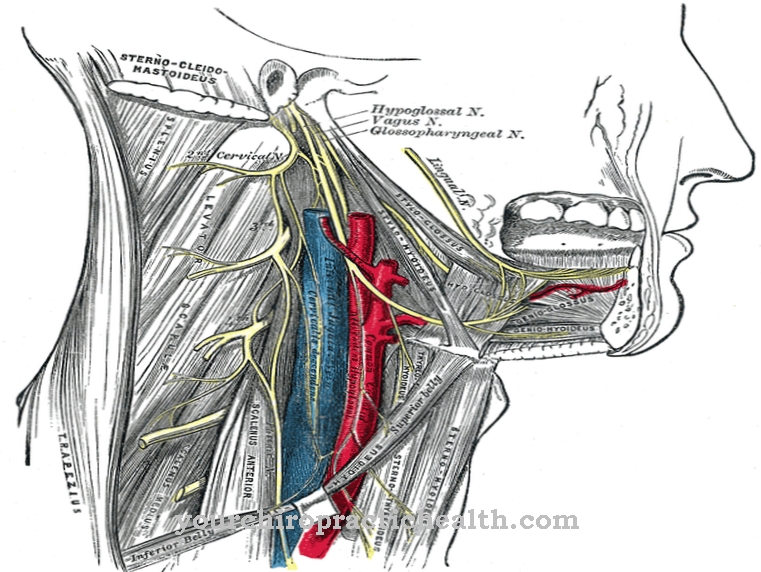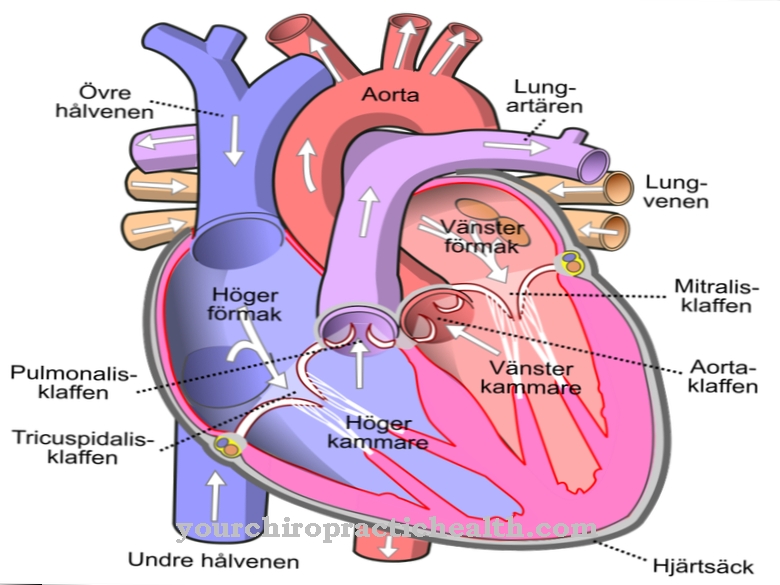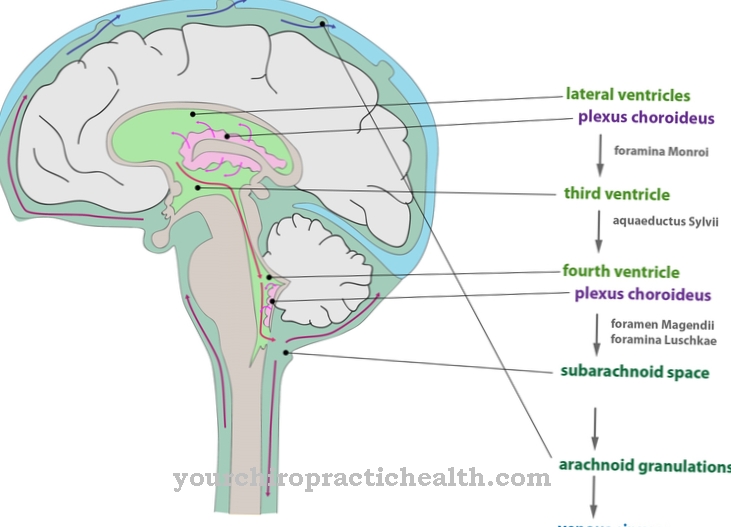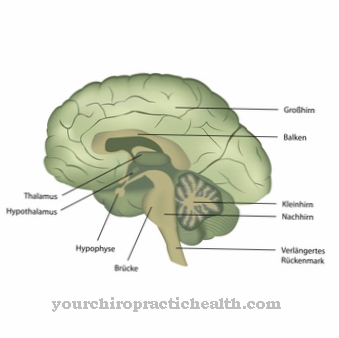The Heart muscles forms part of the heart. It takes on an important function. Certain diseases can impair the functioning of the muscles. Serious consequences result from disorders and complaints. Therefore, if you suspect a disease, medical help should be sought quickly.
What are the heart muscles?
The Heart muscles is a specific type of muscle that only occurs in the region of the heart. It forms a large part of the wall of the human heart. The muscles are not voluntary muscles. While these are influenced and moved by one's own will, the heart muscle works without the owner's attention being required.
Instead, the heart muscle ensures that blood is pumped through the body permanently and without noticeable effort. The contractions are decisive for this function. The heart muscles thus take on vital tasks. Once the heart is unable to pump blood adequately through the veins, serious complications result. Such a condition can lead to the death of the person concerned.
At the same time, the number of heartbeats provides information about the patient's health and physical condition. For example, a high pulse is common with certain diseases. In addition, the muscle is strained during physical exertion. The heart muscle is responsible for ensuring that enough oxygen reaches the cells in every situation.
Anatomy & structure
The heart muscle differentiates itself from the smooth and striated muscles. At the same time, however, it has properties that are common to both. Thus, the heart muscle is a special form. The structure is reminiscent of the striated muscles as they occur in the skeletal muscles.
The individual building blocks represent elements that continue to reduce in size. A large number of muscle fibers bundle into the muscle. The muscle, like the individual fibers, is surrounded by a protective covering, the membrane. There are proteins in the smallest elements of the muscle. It is only through the existence of the proteins that the muscles are able to contract. The proteins actin and myosin are responsible for the contraction.
These are located in a certain structure which, when viewed with special instruments, creates horizontal stripes. In addition, the tubule system resembles the transverse stripe muscles. These are spaces in the cytoplasm where calcium is stored. These are very important for the contraction of the muscle. This is the only way for the muscle to contract quickly and powerfully. However, the heart muscles are also similar to the smooth muscles.
This becomes clear when looking at the individual cells. In contrast to the striated muscles, every cell has a nucleus. The skeletal muscles, on the other hand, have cells that sometimes contain hundreds of nuclei.
Function & tasks
The heart muscle has one main function: to pump blood through the body and thus supply every cell with oxygen. Without the work of the muscles, life would not be possible. The contraction takes place on the basis of an intrinsic conduction system. These are in particular certain cells, the pacemaker cells.
These can discharge spontaneously and also occur in this form in smooth muscles. First, the process begins with the primary pacemaker, the sinus node. The sinus node's job is to dictate the heart rate. In a healthy person, this is around 60 to 80 beats per minute.
The excitation reaches the atrial muscles from the sinus account. These contract and pass the contraction on to the AV node. Through further intermediate steps, in which the contraction is subject to a delay, it finally reaches the heart muscle of the chambers. The excitement causes the heart chambers to contract and the blood to come out. Each heartbeat can thus be divided into two phases.
In the first, the heart muscles of the chambers relax, causing blood to enter the cavities. This is followed by the second phase in which the muscles tense up. A high pressure is created, which is ultimately responsible for the blood being pumped into the arteries. The two phases are called diastole and systole. If there are fluctuations in blood pressure, the heart muscle has the ability to independently adapt its activity to the relevant circumstances. Further processes are only necessary later.
Illnesses & ailments
If the heart muscle is restricted in its function by complaints, there may be a risk to life for those affected. The disturbances can be divided into electrical or mechanical forms. A mixture of the subtypes is also possible.
A change in the size of the heart is called a mechanical disturbance. Then complaints arise in the pumping process. Electrical complaints are disturbances in the transmission of stimuli. Heart muscle disorders usually cause the muscle to increase in size. Further differentiations are made here.
For example, a thickening of the heart muscle often results from high blood pressure. The left ventricle is then forced to work harder so that there is pressure high enough to keep the blood flowing into the arteries. As a consequence of this behavior, the heart muscle adapts, in which more cells arise. From a certain point, however, the muscle can no longer be supplied with blood.
If it has increased in thickness too much, the function of the muscle is restricted. Heart failure develops. At the same time, a lack of oxygen supply to certain muscles increases the risk of suffering a heart attack. The heart muscle can become inflamed or worn out due to certain factors. An infection is often caused by bacteria, but drugs, alcohol, flu viruses, fungi and parasites can also be responsible for the symptoms. The course of the disease depends primarily on the severity of the inflammation.













.jpg)

.jpg)
.jpg)











.jpg)